Growing bananas - instructions for planting and growing at home (110 photos)
Bananas will not surprise anyone at this time. We are used to their year-round sales in supermarkets and markets. However, we know very little about this plant and methods of growing fruits. Many live in the full confidence that bananas grow on palm trees in warm places. And everything, it turns out, is not so unattainably difficult.
If you try, you can grow a banana at home and enjoy the sweet fruits collected from it. In this article we will talk about the plant, its fruits, varieties, methods of propagation and agricultural cultivation of this exotic in our latitudes. And now in order.
What kind of plants do bananas belong to?
They do not grow on palm trees, but on herbaceous plants, the spherical fleshy roots of which are located deep underground. From the rhizome (rhizome) grows a juicy stem, formed from leaf petioles (false stem).
Around the main stem of the rhizome grow root offspring - processes. Plants have huge leaves, the length of which reaches 2-4 m, and a width of up to 60 cm. Quite quickly growing leaves gradually die off. Their dried and hardened petioles form a false trunk of the plant.
If you look at the photo of a banana tree, you can see that the stems of the lower dead leaves formed a kind of trunk, and in the upper part there are green leaves. During this period, the plant really resembles a palm tree.
Under favorable growing conditions, one leaf appears per week. When about 45 leaves grow and a true stem is formed inside the false stem, the plant produces one huge peduncle. This happens approximately after 8 to 12 months.
White tubular nectar-filled flowers hang in a multilevel cascade. The male ones, the smallest, are at the top of the peduncle. In its middle part, larger bisexual flowers are located, and in the lower part, the largest are female. It is from them after pollination that the fruits are tied.
The upper flowers, having fulfilled the pollination function, crumble, and on the lower tiers of the peduncle, further development, growth and ripening of the fruits takes place. The bunch consists of separate tiers. In each tier, several brushes grow. Depending on the variety and conditions, there can be from 6 to 15 brushes.
The total height of the tree can reach 5-8, and in natural conditions of growth and 15 meters.
Initially, the fruits have a light green color. When ripening, depending on the variety, they gradually acquire shades of yellow or red. In order to have a longer storage and transportation period, they are cut green. At this stage of maturity, they are also not eaten by rodents.
The ground part of the prolific plant dies. Next year, a new stem grows from the oldest of the rhizome processes and the plant repeats the same cycle of growth, flowering and fruiting. When growing bananas in agriculture, the next year the strongest process is left, and the rest is harvested to avoid depletion of the earth.
According to the technique of growing bananas belong to berries.
With all the variety of wild species (there are about 40 in total), naturally growing plants have oval inedible seeds filled with seeds. Bananas grown as an agricultural crop that we buy for food are the result of the work of breeders. In nature, such varieties do not exist.
Some of the wild species live in nature for up to a hundred years.Intensive fruiting on industrial plantations lasts from ten to fifteen years, after which it is resumed.
Now you know how bananas grow. There are no fundamental differences in their growth, flowering, and fruiting in the wild and in agriculture. Significant differences are in reproduction.
Propagation of bananas in nature and in agriculture
Bananas growing in nature with inedible fruits filled with seeds are propagated by seeds and vegetatively by root processes.
Decorative seeds can be grown from seeds, the fruits of which are mainly unsuitable for food. Such varieties are grown for landscaping and decoration.
Fruit (or edible) seed varieties do not have. They are propagated vegetatively from root processes. A sprout obtained from the root shoot of a fruit banana can be purchased at garden centers or other stores selling similar products.
The Wisdom of Growing Bananas at Home and in a Greenhouse
You can grow some decorative or fruit varieties of bananas at home or in greenhouse conditions.
Decorative varieties suitable for growing at home include the following varieties:
- lavender;
- bright red;
- Chinese dwarf;
- velvety.
Their height ranges from one to one and a half meters.
Among the fruit varieties with high palatability, suitable for growing at home, include the following:
- Kiev dwarf (1.5-1.7 m);
- Kiev super dwarf (1 m);
- super dwarf Cavendish (1-1.3 m);
- dwarf Cavendish (1.8-2.4 m);
- pointed (2 m).
Growing a banana in an apartment and getting tasty fruits is quite realistic if you have a desire, certain care skills and the possibility of creating the necessary conditions, which we will discuss later. So where to start? Of course, with planting material. For the cultivation of a decorative variety, you can purchase seeds, for a fruit variety, you can buy a rooted copy in a pot. For this purpose, dwarf and super-dwarf varieties are suitable.
Next, you need to prepare the substrate. For this, land from deciduous forest is suitable, which we take under acacia, linden, hazel, birch. Land taken under an oak, chestnut or poplar does not fit.
We dig up the top layer of the earth with a thickness of 7-10 cm. To it we add 10% humus, 5% wood ash, 20% river sand. Mix everything and pour it with boiling water or calcine for disinfection. We put drainage at the bottom of the pot (it is very important that there is no stagnation of water), then a layer of wet sand on which we lay the ground mixture. You can use a ready-made floral substrate purchased at a garden store.
Do not place the pot directly in the pan. For a good outflow of excess moisture and air circulation, several pebbles should be put on the pallet on which to place the pot.
How to plant a banana?
Leave the purchased grown copy for acclimatization in an apartment or house for several days. Then transplant into a pot prepared for this purpose. As your pet grows, he will need to be transplanted into a larger container.
At each transshipment, it must be buried below the previous time. Pots are selected taking into account such a need. Bananas bear fruit in a capacity of about 50 liters.
The optimal temperature for the development of your pet is from 25 to 30 degrees Celsius. When it decreases to 15 degrees, growth stops.
Lighting should be bright, in the apartment the pot should be placed directly at the window. If in the summer take it out onto the street or balcony from the scorching rays, you should make a slight shade of gauze or tulle. You can set the pot in the "lace" shade of the trees.
Watering. Large leaves evaporate a lot of moisture. Therefore, watering should be plentiful, but not often. To avoid root decay, water when the top layer of the substrate with a thickness of 2-3 cm is completely dry and crumbles in your hand.
Top dressing. Fruiting is necessary for fruiting. In the warm season, feeding is advisable to be done weekly, and with the transition to winter, their frequency is adjusted to 1 time per month. The following solutions give a good effect:
- vermicompost or humus (but not chicken or pork);
- from green plants (quinoa, lupine or other weeds);
- for specimens above 1 m, it is useful to add fishmeal to the solution. Her presence enhances fruiting.
You can grow bananas in the greenhouse. Moreover, the conditions for their development and fruiting must be created similarly to those described above. If you prefer a decorative option and were able to get seeds - go for it. First you need to damage the shell of the seed so that it sprouts sooner. You can do this with sandpaper or a nail file.
For seedlings, you can use plastic cups. We place drainage at the bottom, then pour the substrate, leaving about 3 cm to the top of the cup. In the middle of the substrate we place a seed. We put the glasses in a warm, well-lit place, cover them with glass, periodically water and air them. Sprouts appear after 3 months. Further care is similar to the cultivation described above.
Photo of the process of growing bananas
Houses with a flat roof - 100 photos of the best options for construction and modern design
Processing of trees: 110 photos of processing options and compositions
Small architectural forms: 60 photos of bright accents in landscape design
Entrance doors to a private house (120 photos): metal, wooden, plastic
Join the discussion:
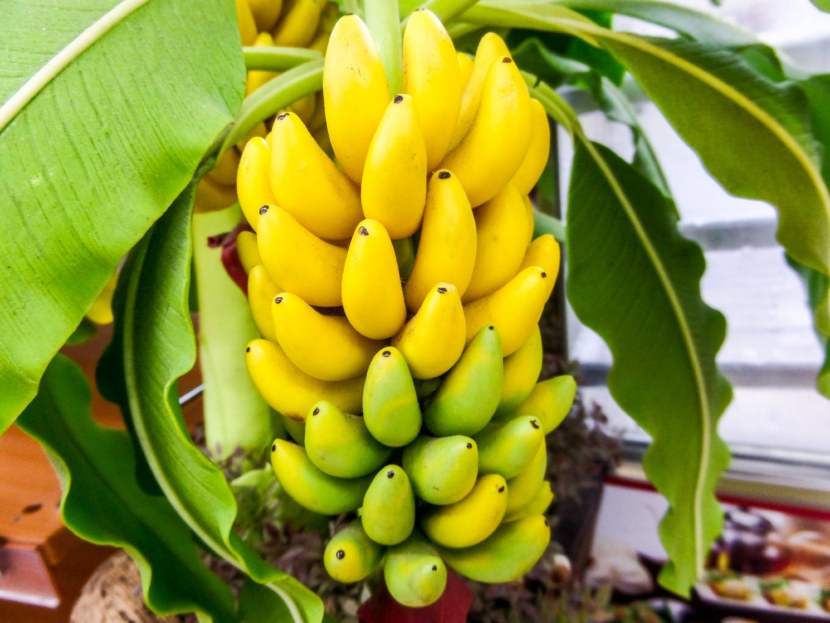




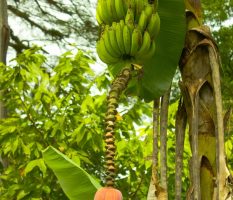
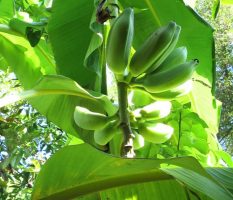
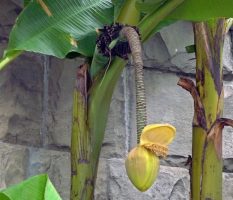

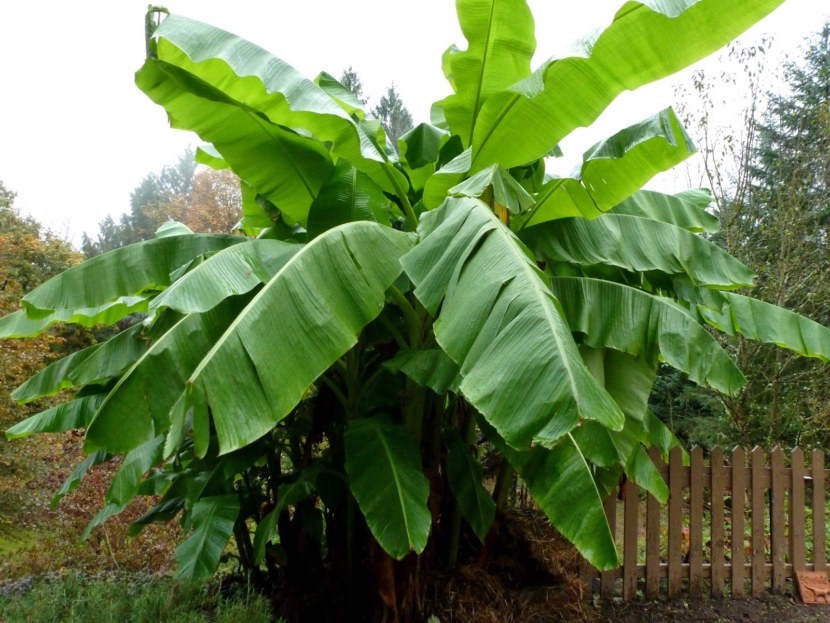
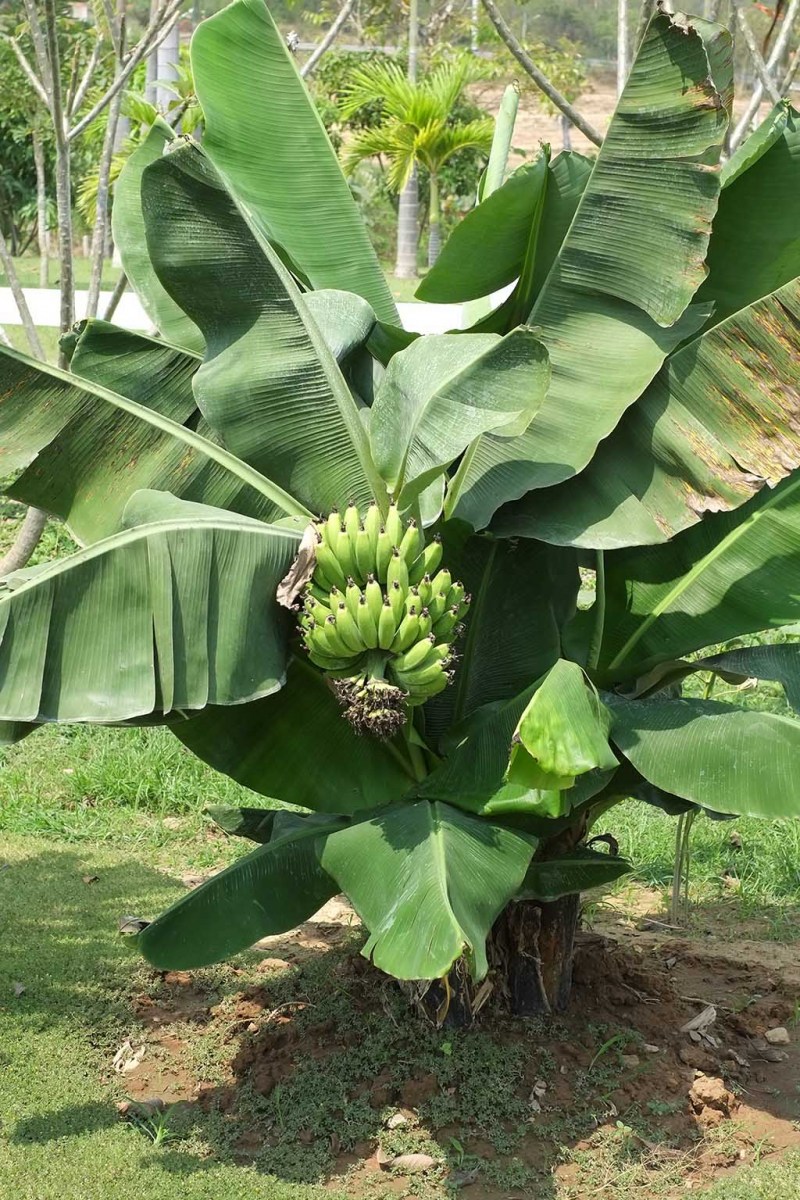



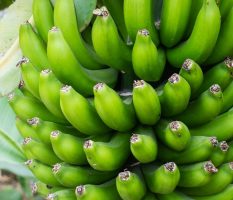
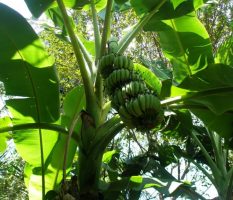




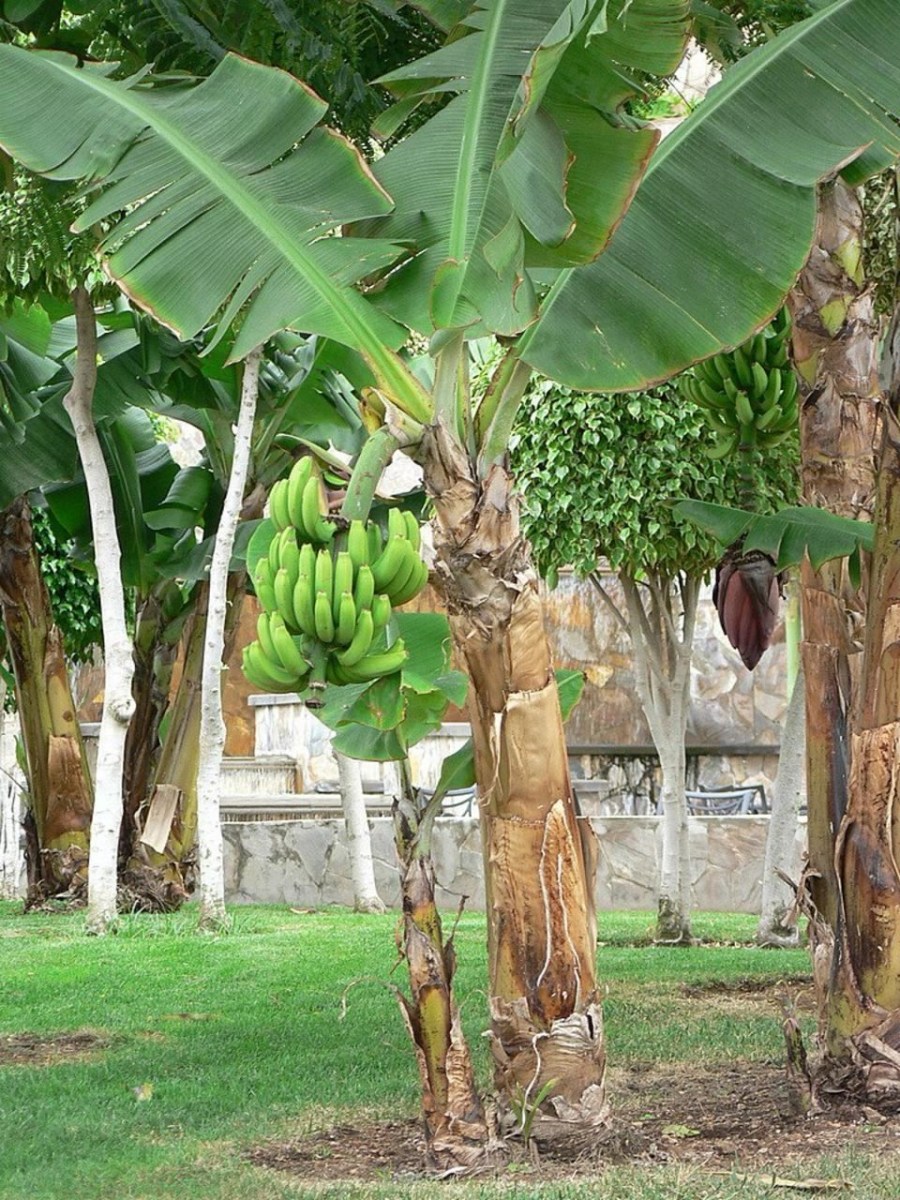


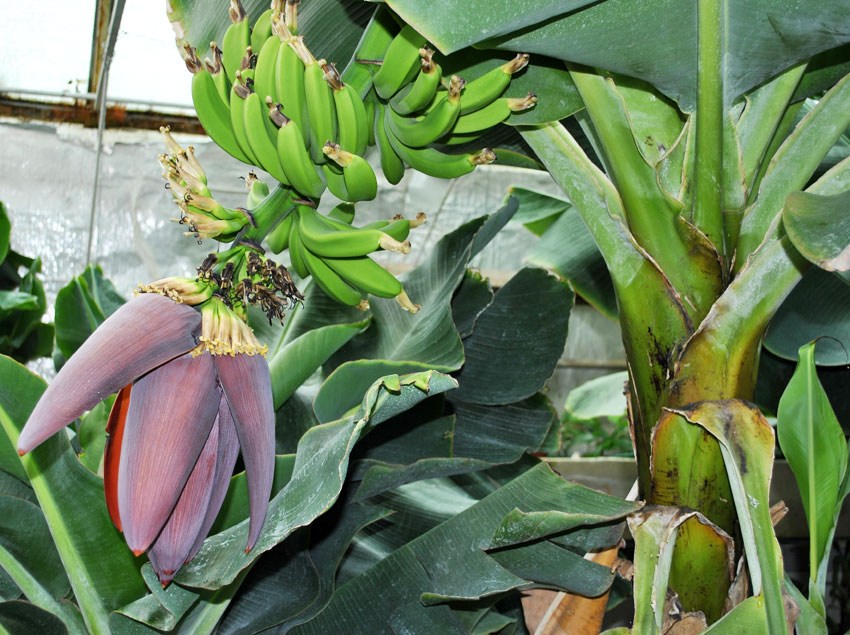





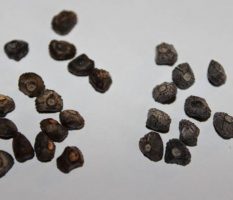





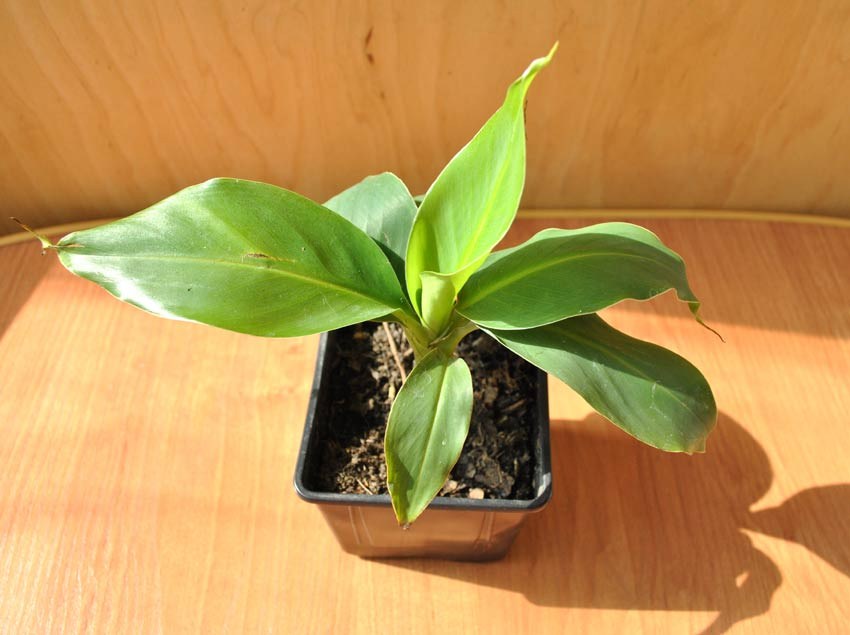











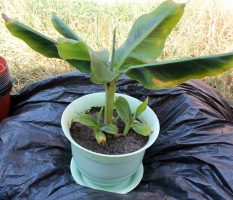



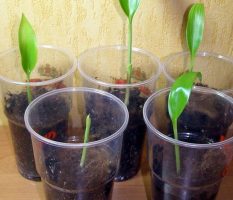
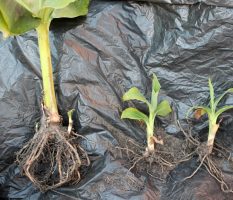

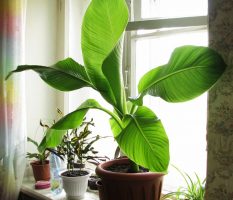











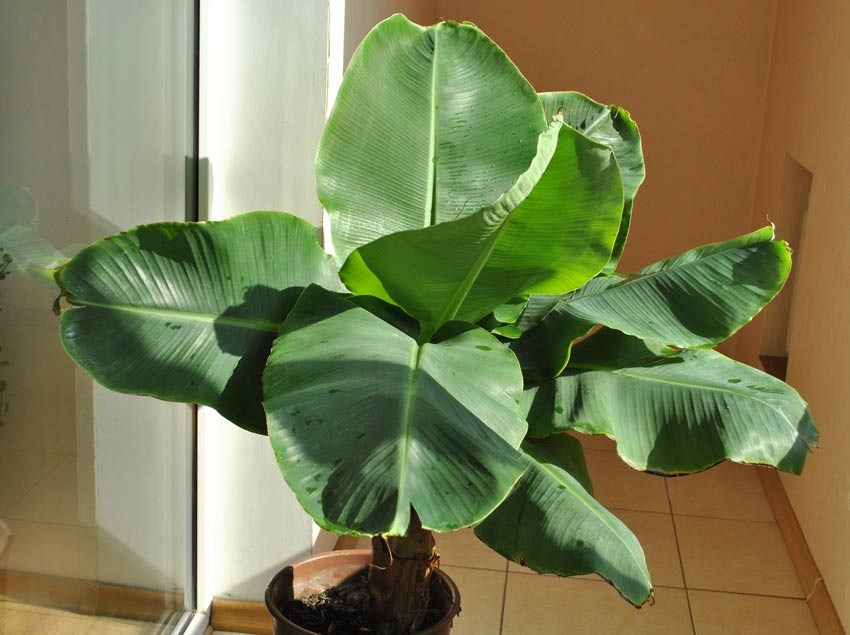
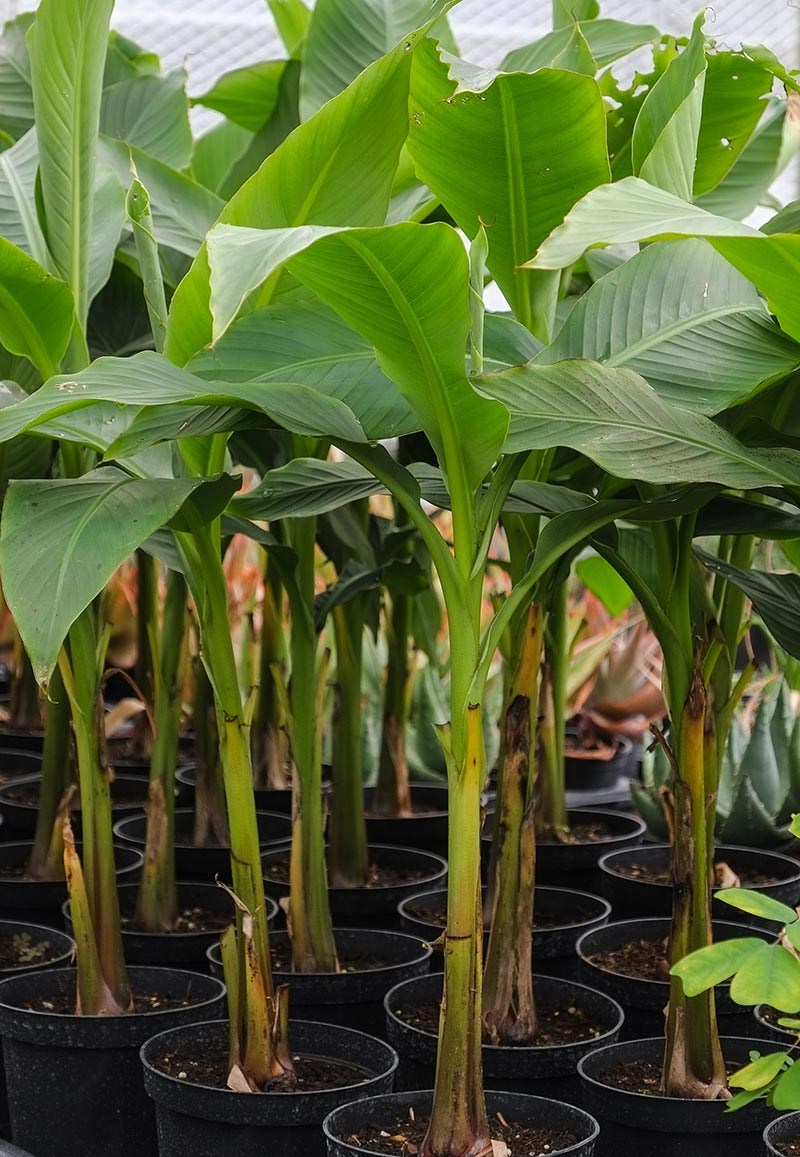
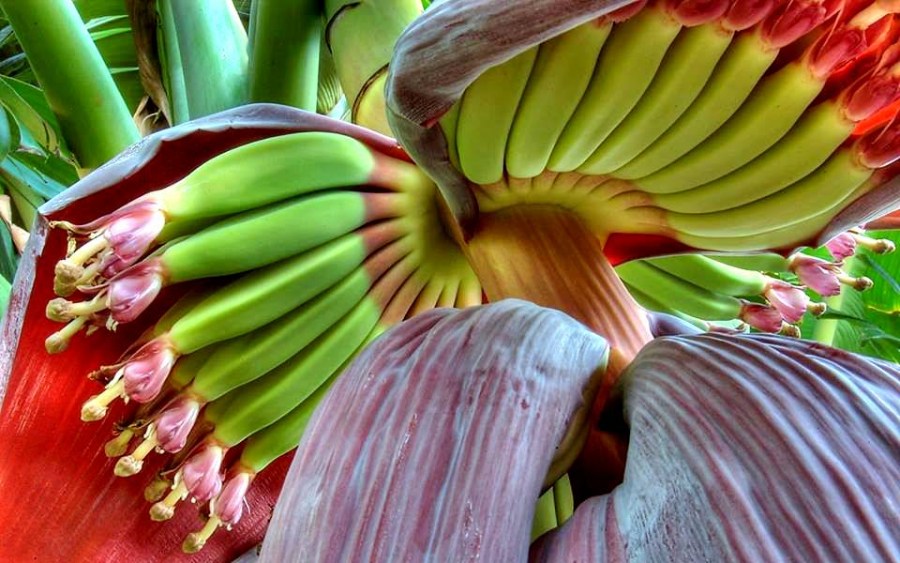
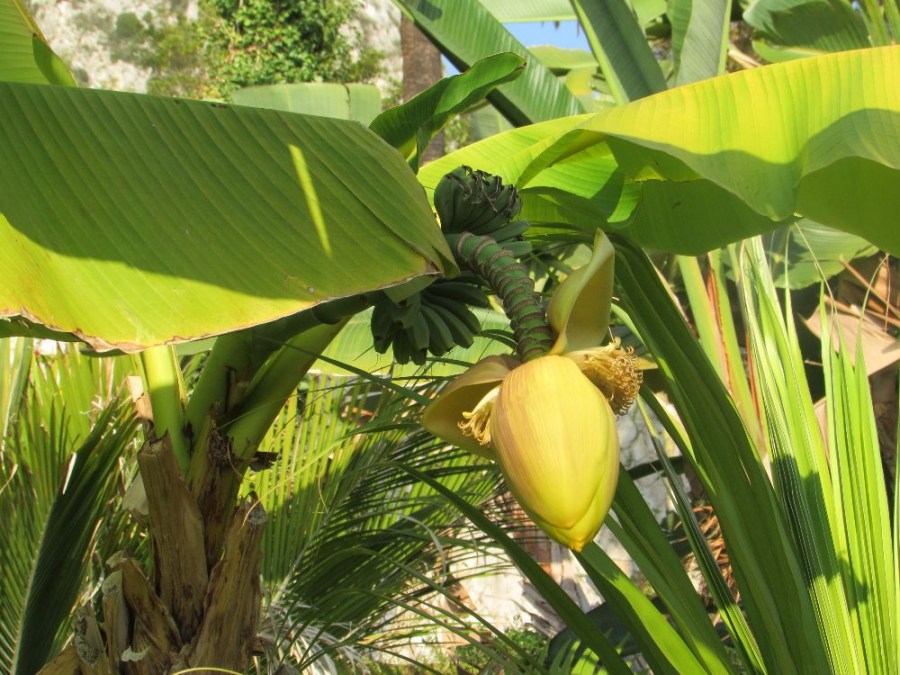

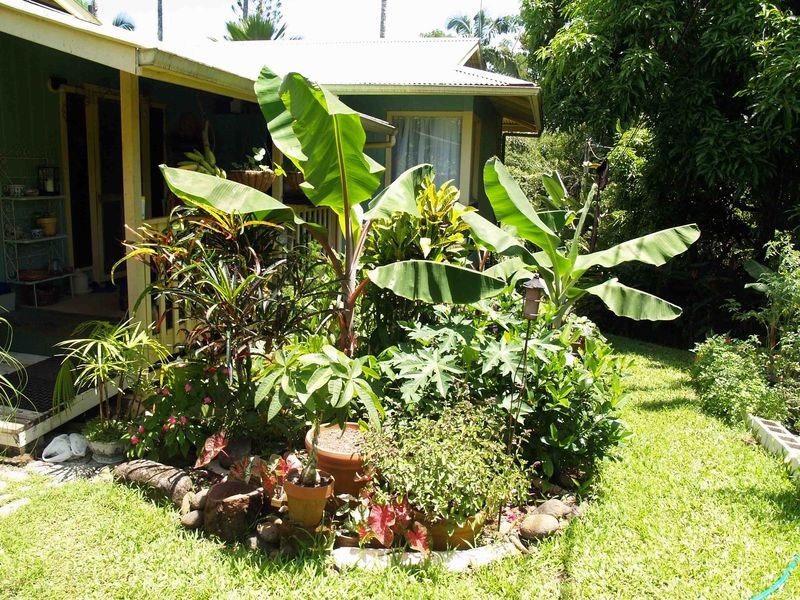
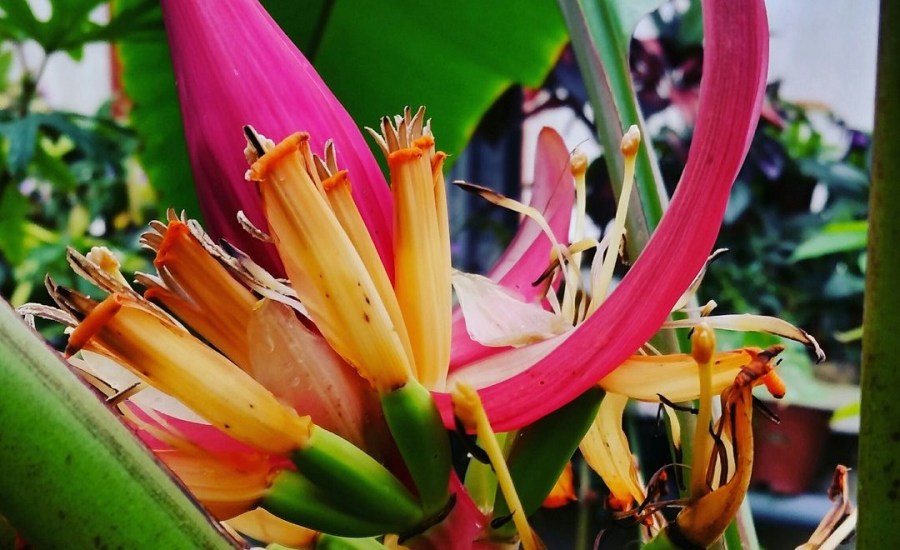
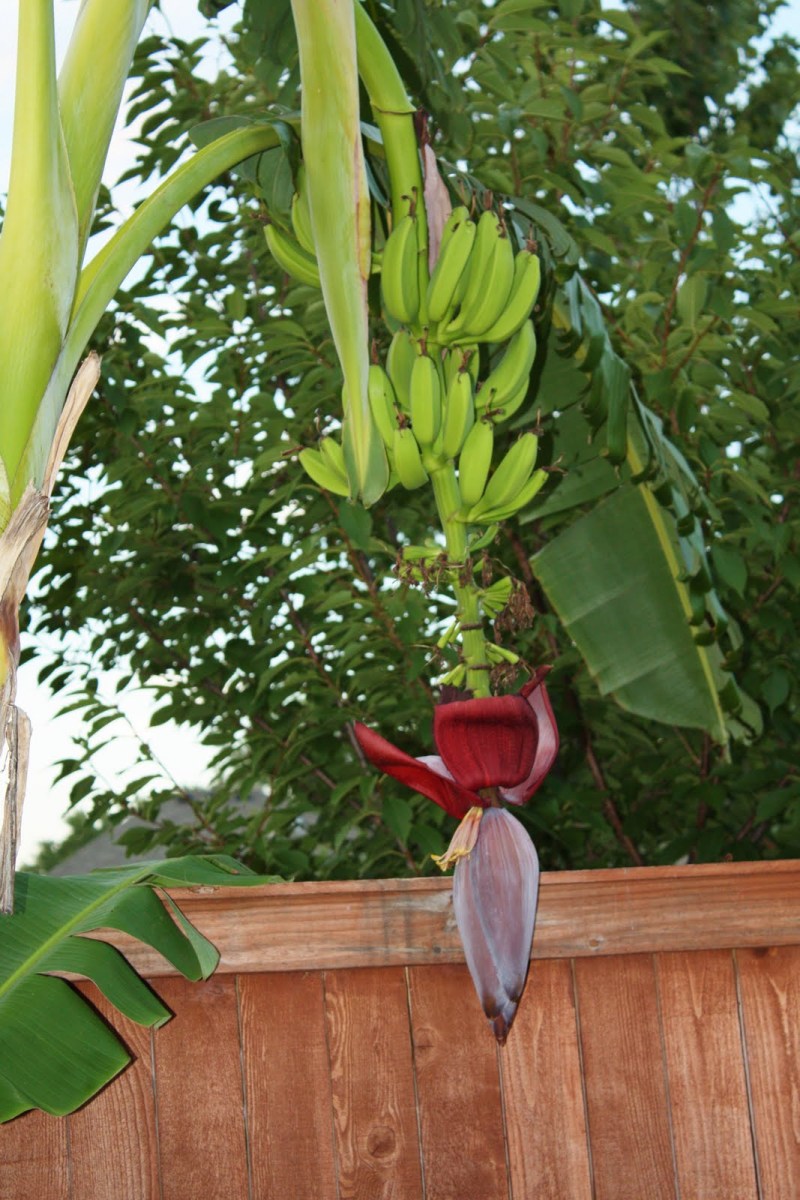


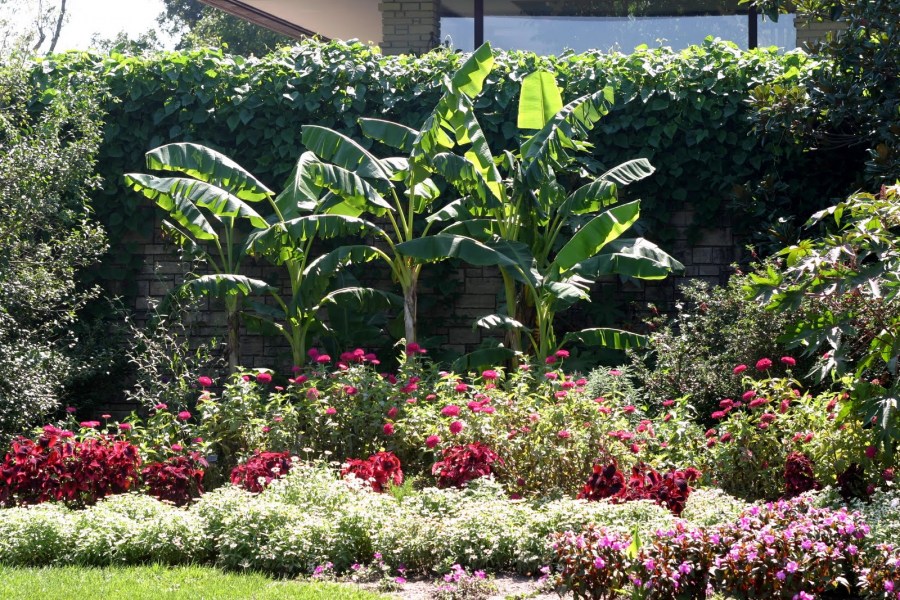
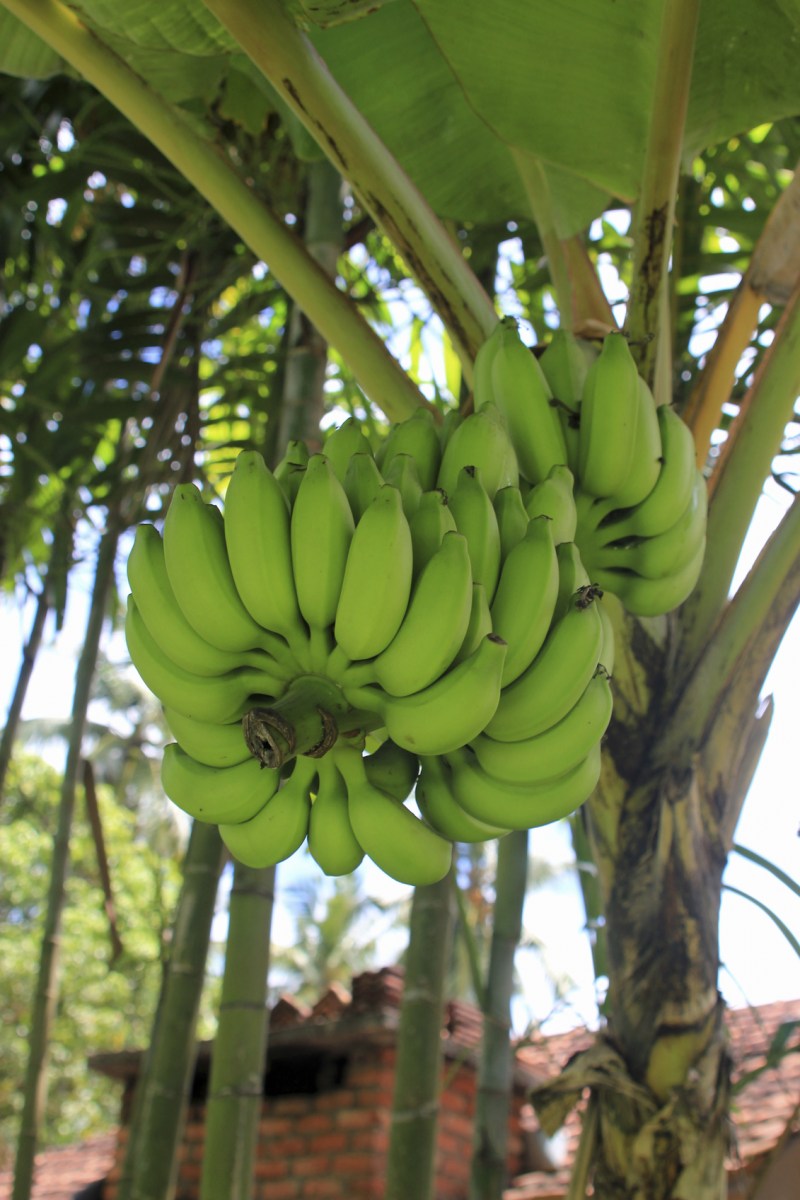
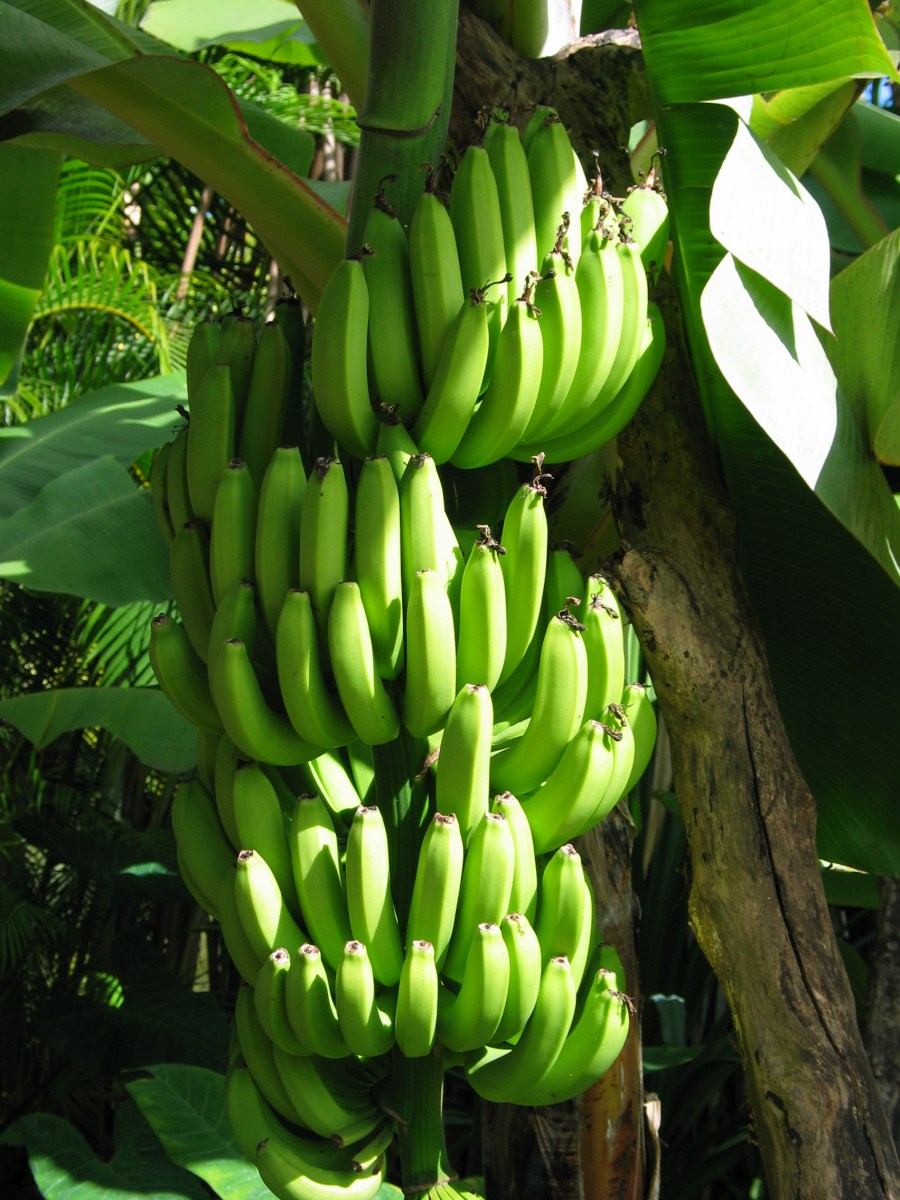


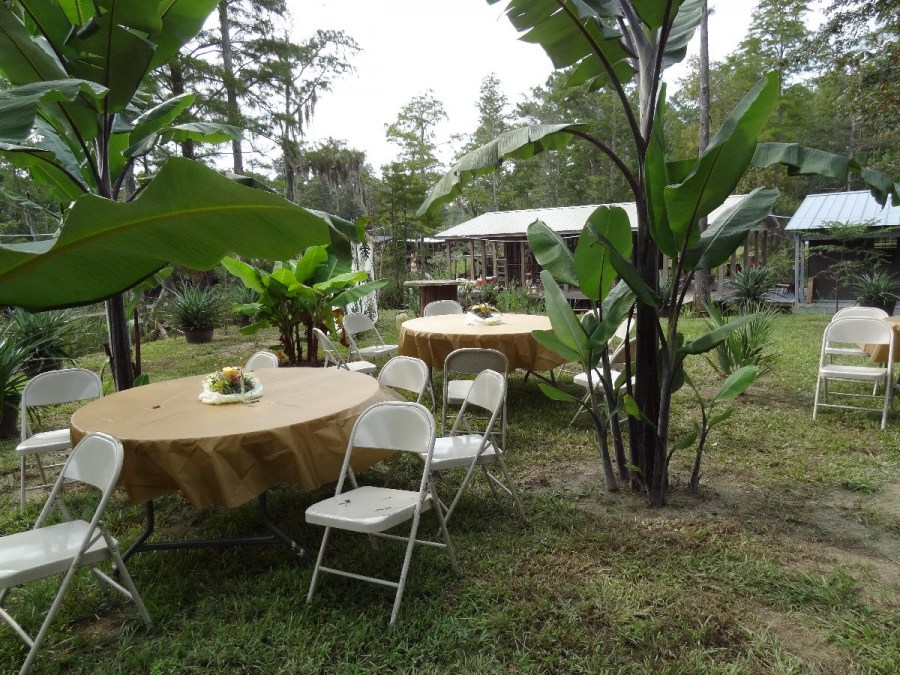



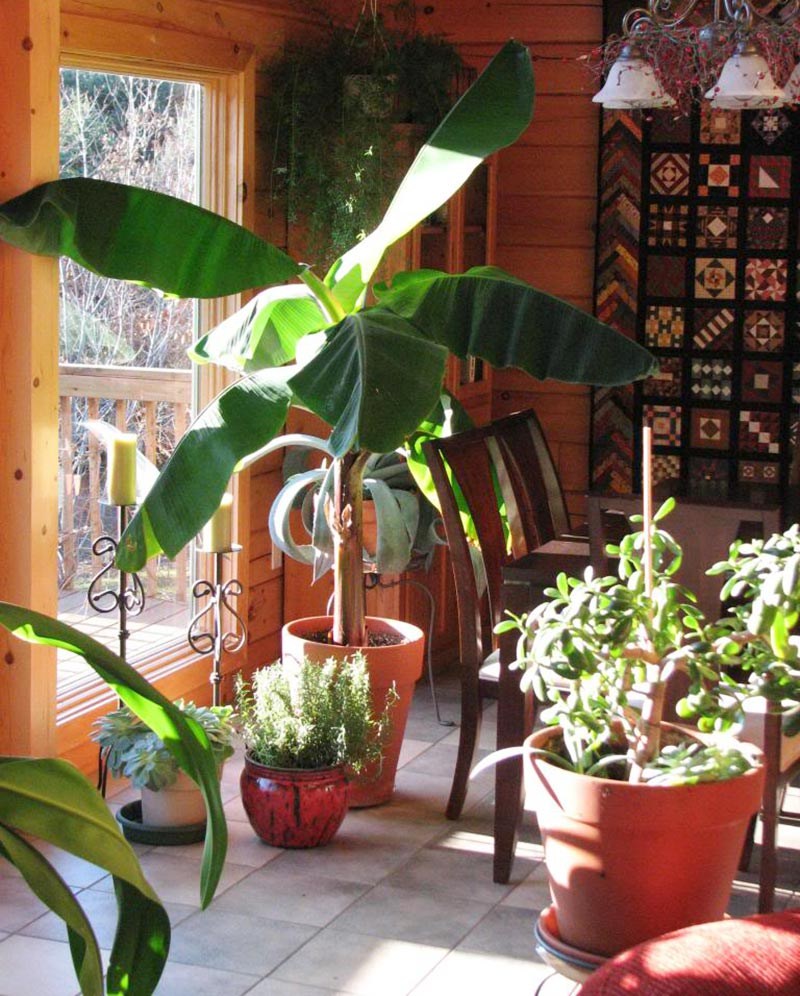
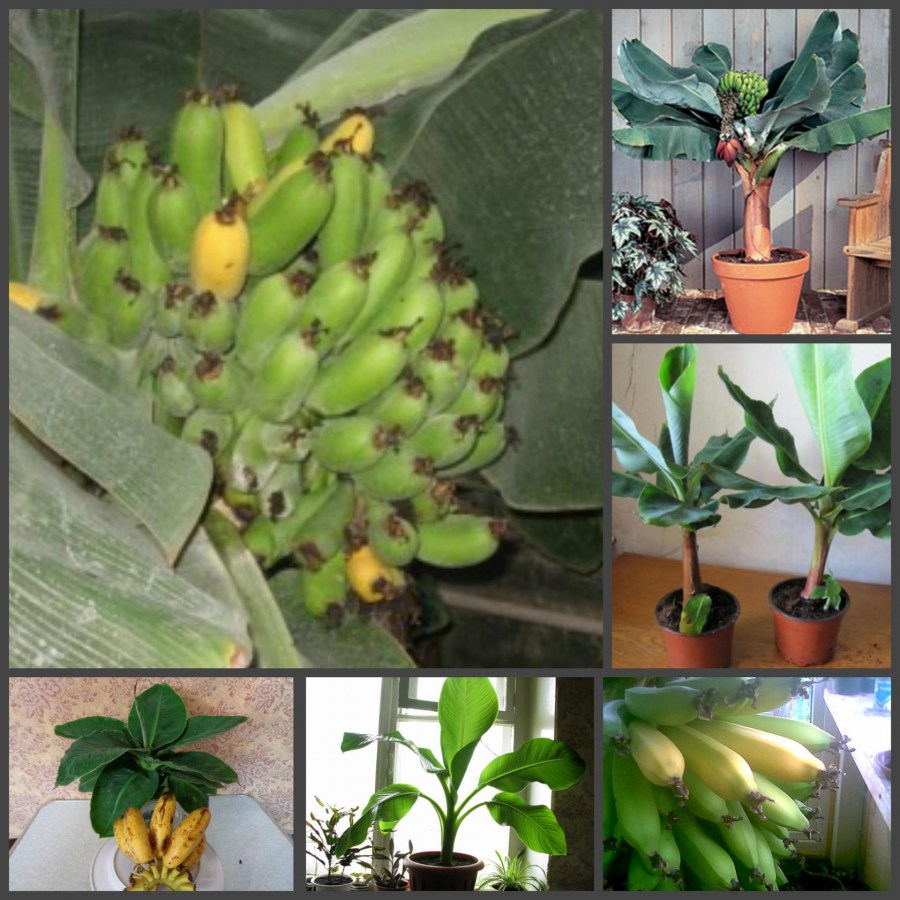

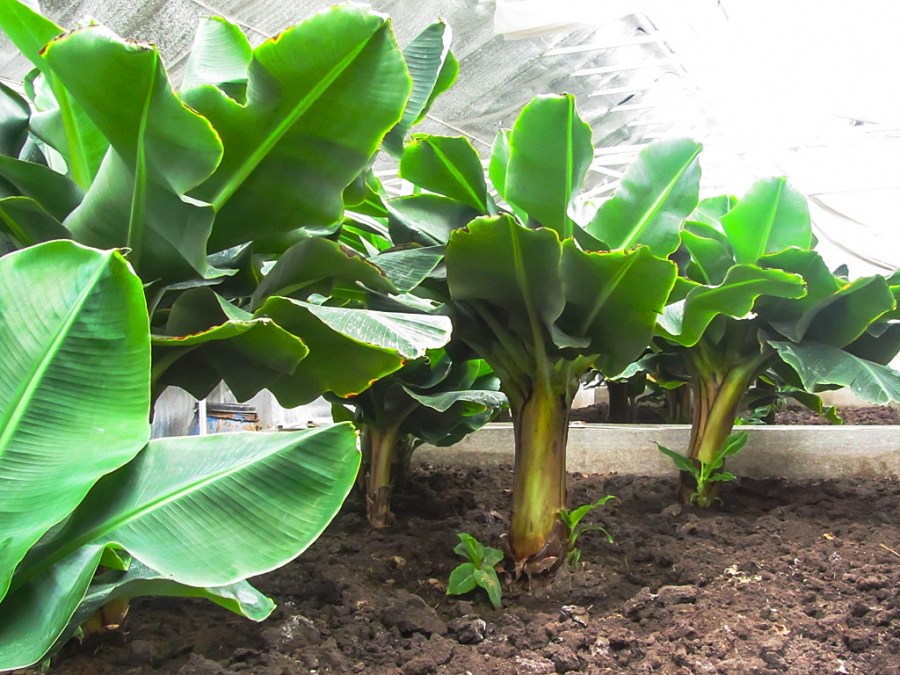


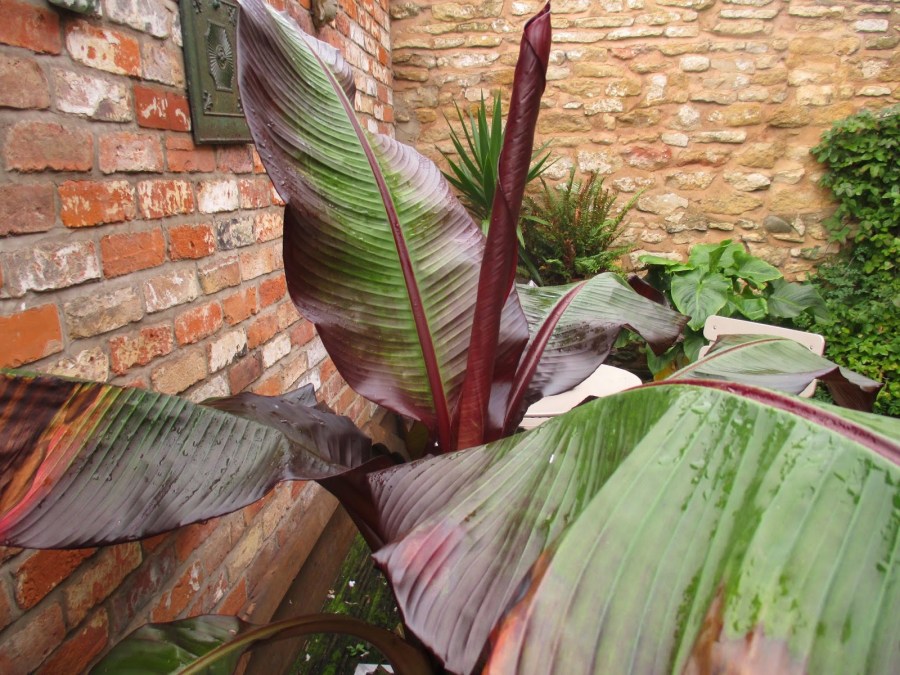


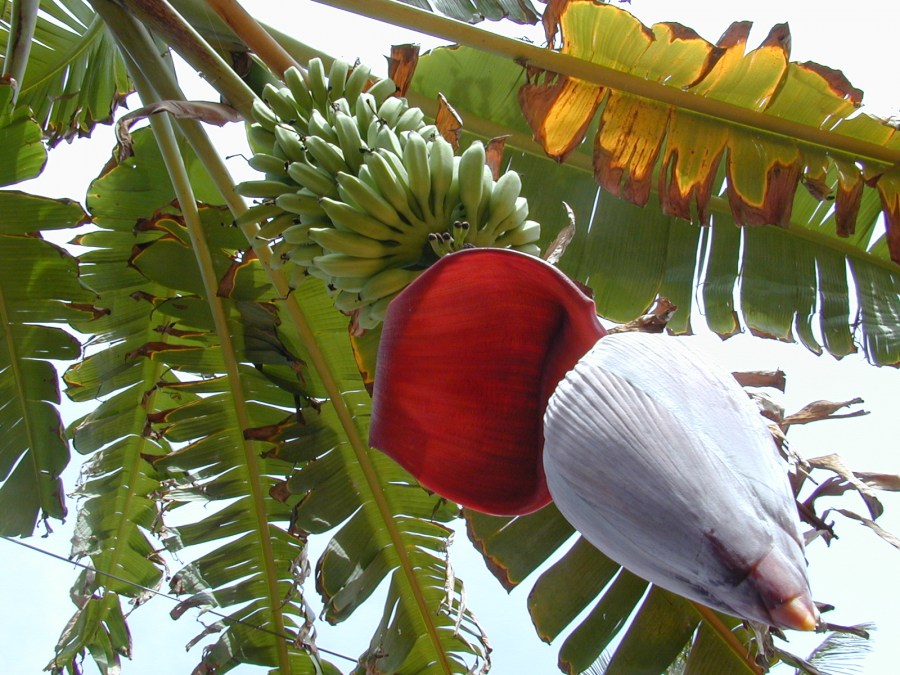
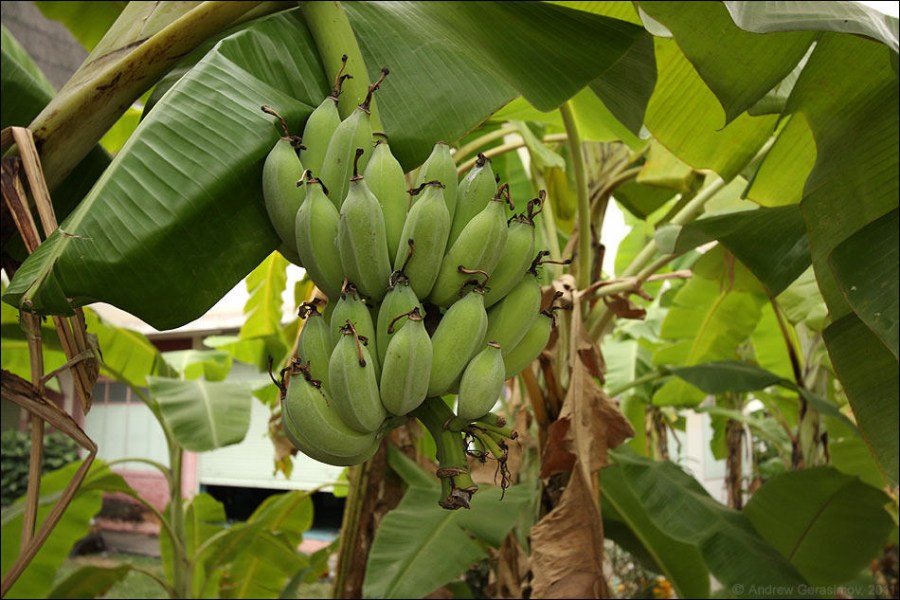

Interestingly, I never thought that bananas can grow at home) Of course I’ll hardly plant at home, but in greenhouses a great option. Moreover, I have such an opportunity.